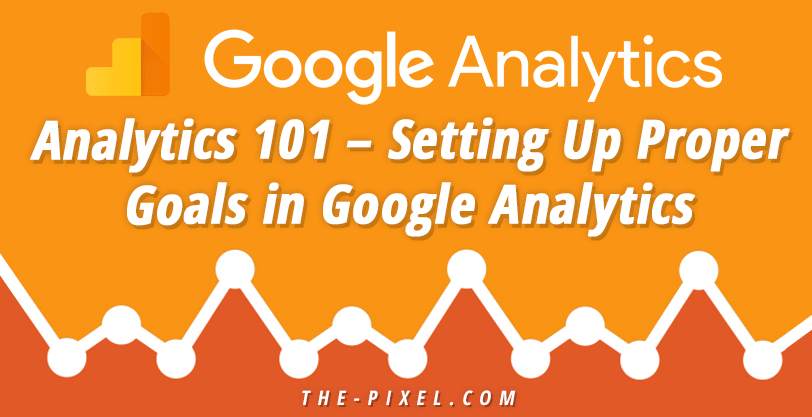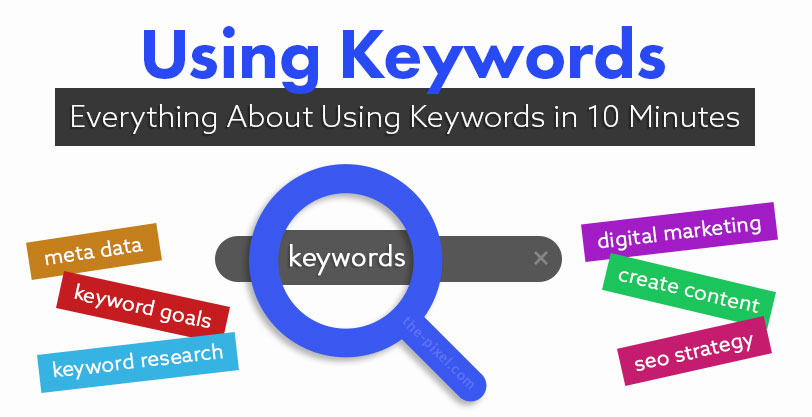Key Metrics to Track for B2B Marketing
Key Metrics to Track for B2B Marketing
Start collecting data from your website and build data-driven decisions.
Marketing metrics are critical components to the success of your organization. Knowing how to correctly measure your marketing efforts can give you a leg up over your competition. Without metrics, your team is at a significant disadvantage in understanding campaign success, implementing strategy improvements, and troubleshooting any reoccurring issues.
But, with so much data available, the question then becomes which data points or metrics should I be the most concerned about? Too much data, without clarity or understanding, can cause confusion, indecisiveness, or worse, making decisions based on incorrect assumptions.
Read on to find out five metrics that you should be tracking to ensure your website and B2B marketing campaigns are performing to their full potential.
1. Google Analytics
To start collecting data from your B2B website, you need to set up a Google Analytics account (or a similar tracking platform). Once you have data coming in, you need to take some time to develop baseline metrics of your initial B2B website traffic. This provides insights and measures traffic coming in through your various marketing activities. You will notice that traffic will be categorized into one of the following sources: organic, paid, direct, social, referral, or other.
Website traffic is a crucial metric to stay on top of because this helps your marketing team focus on the right projects and stay on top of any potential issues. Low traffic or unusually low, or even high, engagement levels can indicate there is a problem with your Google Analytics implementation or a technical problem on your B2B website. Understanding your Google Analytics baseline can be your first defense against potential website issues down the road.

2. Engagement rate
An engaged session is defined as any visitor that doesn’t immediately bounce off a landing page, browses multiple pages on your website, spends an extended amount of time on your B2B website, or ultimately, leads to a conversion.
Low engagement rates typically indicate that the quality of your content isn’t up to par with what the user expects. This provides an opportunity to improve your B2B website’s content or optimize for different, more relevant, keywords. It’s essential that your pages immediately provide clear answers to search terms and queries that you are targeting, or you risk a user bouncing off your website.
3. Keyword tracking
As mentioned earlier, the right SEO keywords can make or break your B2B website. Choosing the right industry-specific keywords well in advance for your B2B marketing campaigns and adhering to them sets the foundation for a more cohesive and successful long-term strategy. Keyword reporting tools such as Moz or SEM Rush provide great data on keyword performance and trends over time.
It’s important to note that organic keywords will move up and down over time. However, keywords that are continuously trending downward may indicate that you need to put more emphasis on that keyword to generate more quality searches. It’s helpful to add topics that target this keyword to your editorial calendar over the next few months, whether through new landing pages or other thought leadership content. Although an emphasis should be placed on this keyword, don’t forget to stay on top of your other keywords that are performing well.

4. Lead source
For any B2B website, lead generation is key to success. Once you’ve established where your traffic is coming from and how they are interacting with your website, the next step is to determine which sources are converting. Attributing a source to all leads that come from your B2B website will give you more insight into the effectiveness of each marketing campaign.
It’s best to focus on the quality of the leads, rather than the quantity. Sure, it’s great to have 100 leads, but if 90% of them are not qualified, irrelevant, or even spam solicitations, there may be bigger issues hidden within your website. Leads from these sources inflate your data and create a misrepresentation of the success of your B2B marketing campaigns.
5. Cost per conversion
When utilizing paid search ads, it’s important to keep in mind your total campaign budget and how much you’re spending for each conversion. The Return on Investment (ROI) of paid ads should always net positive results. It’s important to constantly monitor your PPC campaign to eliminate any negative keywords, optimize the landing page, and keep an eye on your ad spend.
Keep in mind that the average Google Ads conversion rate across all B2B industries is around 3%. If you are hitting this benchmark consistently, you may already be in a good spot, but it’s always helpful to review periodically to assess the accuracy and quality of those leads.
Marketing metrics are dynamic and are never a one size fits all solution. However, these five data points are critical to the success of your organization, and, combined, understanding these metrics allows you to make confident, strategic decisions going forward.
Hire ThePixel to build your next website!
Since our founding in 2008, we’ve created and launched many types of business websites. Over the last decade and we’ve learned a thing or two! That’s why we’re masters of our craft, let us help you build the website of your dreams – one that generates traffic, leads and conversions.
Are you ready to start? If yes, contact ThePixel and one of our representatives will guide you through the website phases and how the process works either by a Zoom Meeting or phone.


